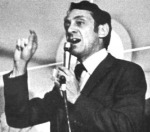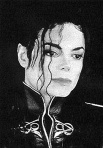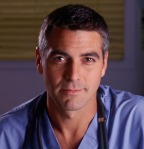Despite the long gap in time, I am continuing the series hip hop meets poetry in a quest for peace. Everyone can surely remember the big hit the Black Eyed Peas landed in 2003: Where is the love.
It is a very good example of conscious hip hop.
Listen in again:
My favorite part is sung by apl.de.ap:
I feel the weight of the world on my shoulder
As I’m gettin’ older, y’all, people gets colder
Most of us only care about money makin’
Selfishness got us followin’ our wrong direction
Wrong information always shown by the media
Negative images is the main criteria
Infecting the young minds faster than bacteria
Kids wanna act like what they see in the cinema
Yo’, whatever happened to the values of humanity
Whatever happened to the fairness in equality
Instead of spreading love we’re spreading animosity
Lack of understanding, leading lives away from unity
That’s the reason why sometimes I’m feelin’ under
That’s the reason why sometimes I’m feelin’ down
There’s no wonder why sometimes I’m feelin’ under
Gotta keep my faith alive till love is found
Now ask yourself
Where is the love?
Oh and don’t forget:
We only got one world, that’s all we got: one world.
That’s all we got guys, so let’s change the way we treat it and how we treat each other as well.
Best,
Nina


 A friend of mine asked me to write a post on Harvey Milk: a man who tried to change politics and the lives of thousands of gay men.
A friend of mine asked me to write a post on Harvey Milk: a man who tried to change politics and the lives of thousands of gay men. Today I am reviving the blog again and I would like to start by spreading the word about the International Day of Climate Action, which is taking place today!
Today I am reviving the blog again and I would like to start by spreading the word about the International Day of Climate Action, which is taking place today!
 In an earlier post, I have introduced you to the article The Unexplored Power and Potential of Youth as Peace-builders. It showed that youth can take up the powerful role of peacebuilders and can engage in creating positive social change. Today I will start a small series of posts on the topic of youth as peacebuilders but also on some of the other roles youth can play.
In an earlier post, I have introduced you to the article The Unexplored Power and Potential of Youth as Peace-builders. It showed that youth can take up the powerful role of peacebuilders and can engage in creating positive social change. Today I will start a small series of posts on the topic of youth as peacebuilders but also on some of the other roles youth can play.
